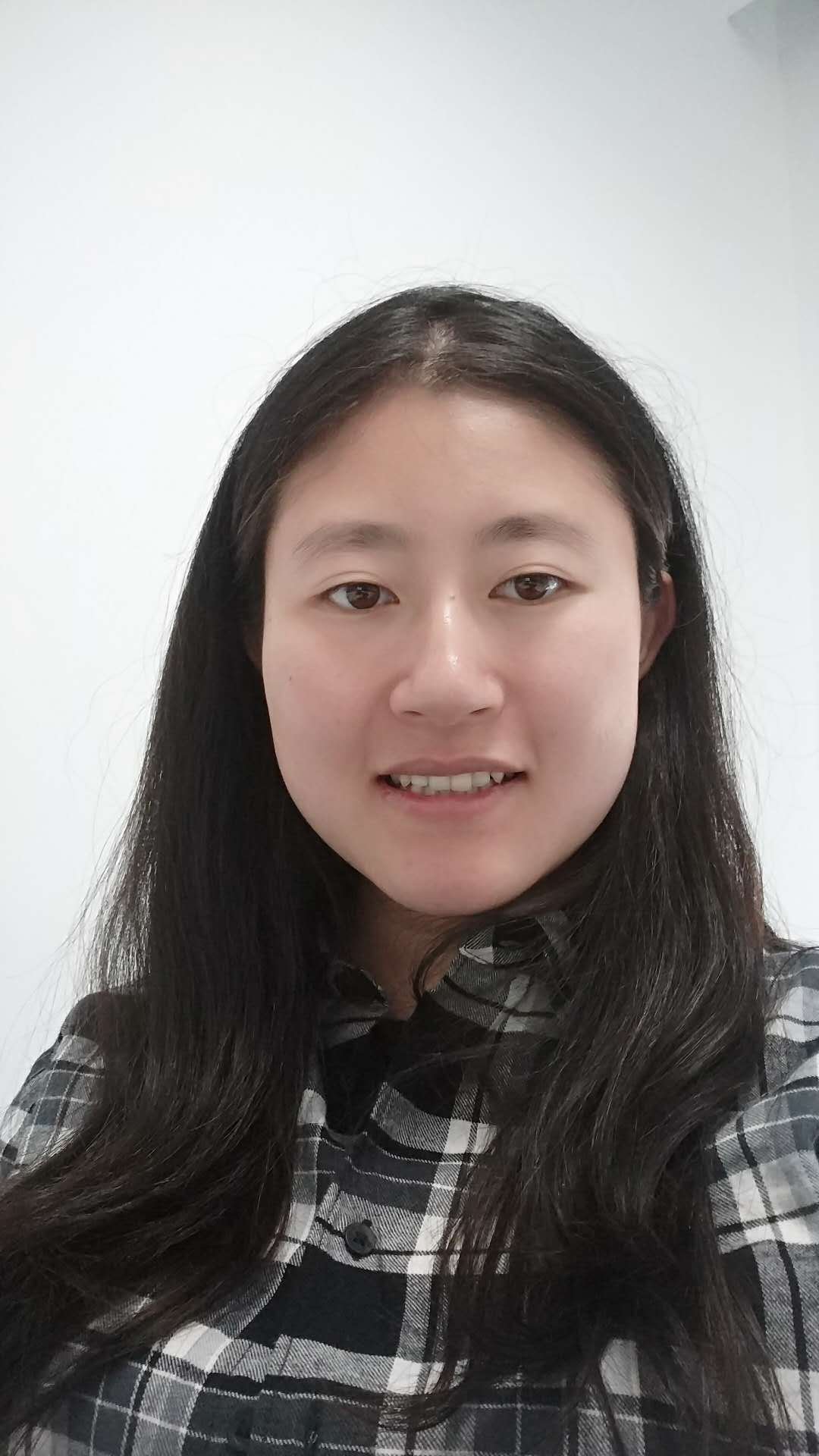Artificial intelligence & robotics
Haobo Li
The integration of data science and energy science, with a specific focus on using AI tools in energy catalysis.

Global
Sharon Li
Developed one of the first algorithms on out-of-distribution detection for deep neural networks.

Global
Lerrel Pinto
Created the world’s largest robotics data set at the time by getting robots to create and label their own training data.

China
Lin Chang
Providing solutions to performance bottlenecks in photonic chips for computing, communication, and sensing.

Global
Richard Zhang
Invented the visual similarity algorithms underlying image-generating AI models.
